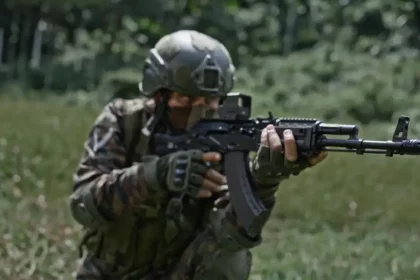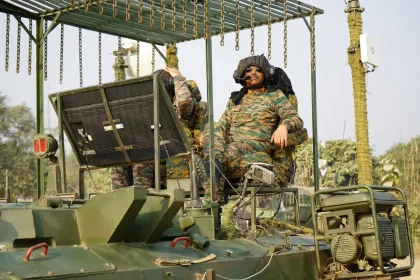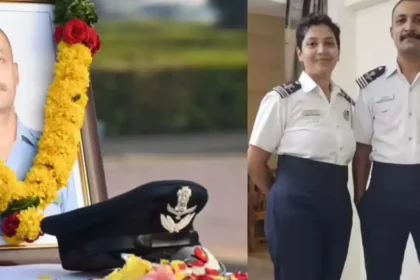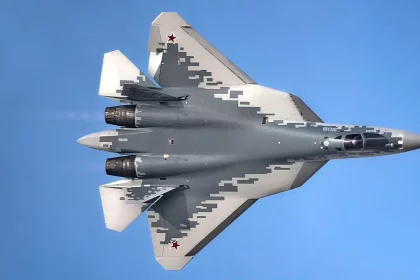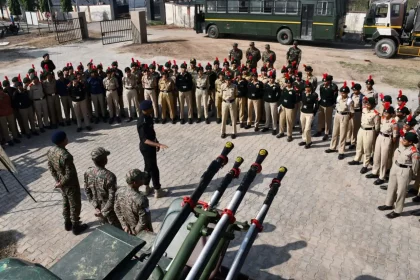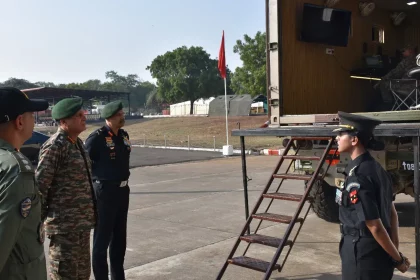Army Releases ‘Shadows and Steel’ Video Showcasing Indigenous AK-203 Rifle Production in Amethi
A 24-Second Army Video Offers a Powerful Glimpse Into India’s Next-Generation AK-203 ‘Sher’ Rifle Built in Amethi.
Lt Gen Manoj Kumar Katiyar Reviews Integrated Firepower Display During Exercise Ram Prahar
Western Command Chief Applauds Seamless Joint Operations During High-Intensity Field Exercise.
Tributes Paid to Wing Commander Namansh Syal at Air Force Station Sulur After Tejas Crash at Dubai Air Show
IAF Officers, Civil Authorities Pay Final Respects at Sulur as Mortal Remains Flown to Himachal Pradesh.
India–Russia in Advanced Talks for Joint Production of Su-57 Fighter Jet, Confirms Ambassador Denis Alipov
Moscow Offers Unprecedented Technology Transfer as Joint Su-57 Production Nears Breakthrough Ahead of Putin’s India Visit.
Airawat Division Hosts Operational Orientation and Career Counselling for NCC Girl Cadets
NCC Cadets Get Firsthand Exposure to Modern Air Defence Systems and Career Paths.
Lt Gen Dhiraj Seth Reviews Key Military Aviation Innovations at Night Raiders Aviation Squadron
Southern Army Commander Reviews Aviation Innovations at Night Raiders Squadron.

